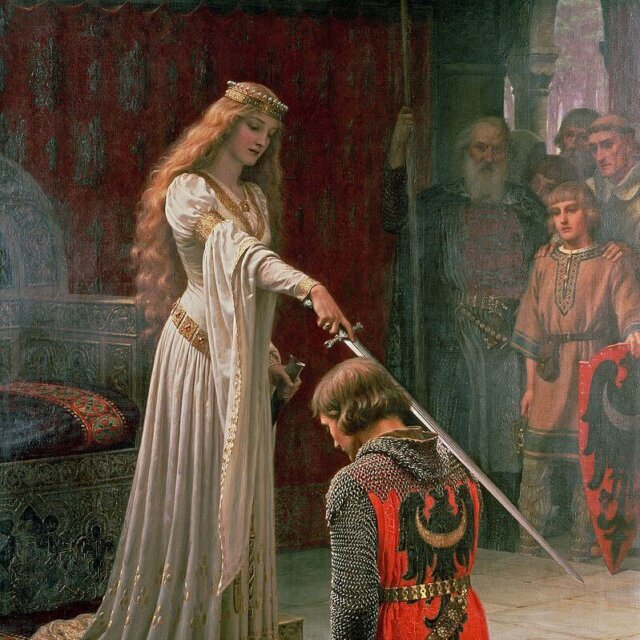To be human is to be a personal union of a body and spirit. We are not just bodies with mental functions, and we are not just minds housed in a flesh-machine. We are one, integrated reality. From the moment each of us was conceived, when our spiritual soul was united with the very first cell of our body, we were male or female. Secondary characteristics can be altered by taking large doses of opposite-sex hormones, or by removing healthy body parts, but we can never cease being male or female.
How does this lesson help inoculate students against gender ideology?
Gender ideology asserts that there are no essential differences between men and women. In this lesson, students will encounter these and other basic claims of transgender ideology, and learn how they contradict reality. Students will be provided strategies for encountering and accompanying trans-identifying friends or family members, without compromising truth or love.
Connection to the Catechism of the Catholic Church
- CCC 369
- CCC 2333-2335
Suggested Time
- 50 Minutes – Grade 12


